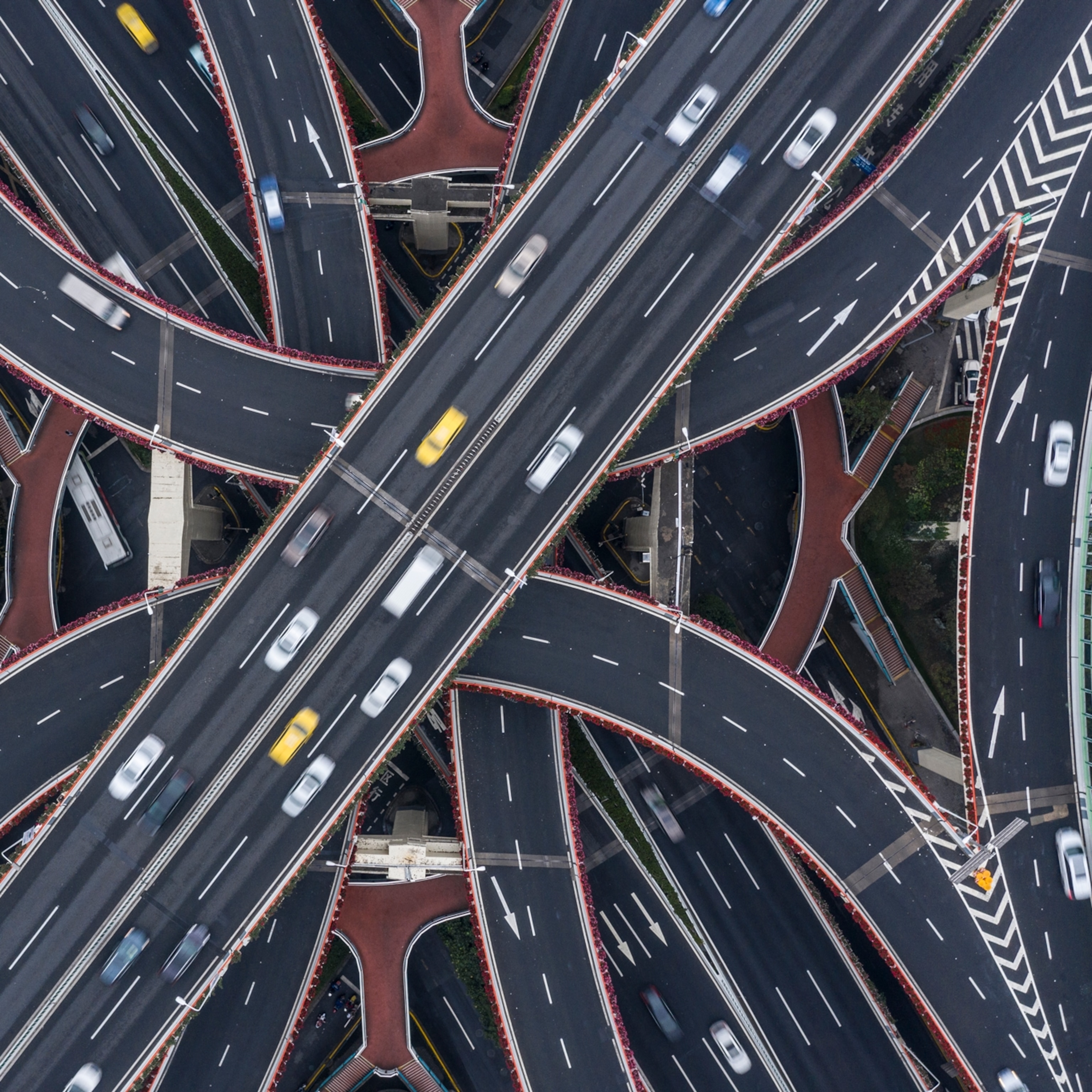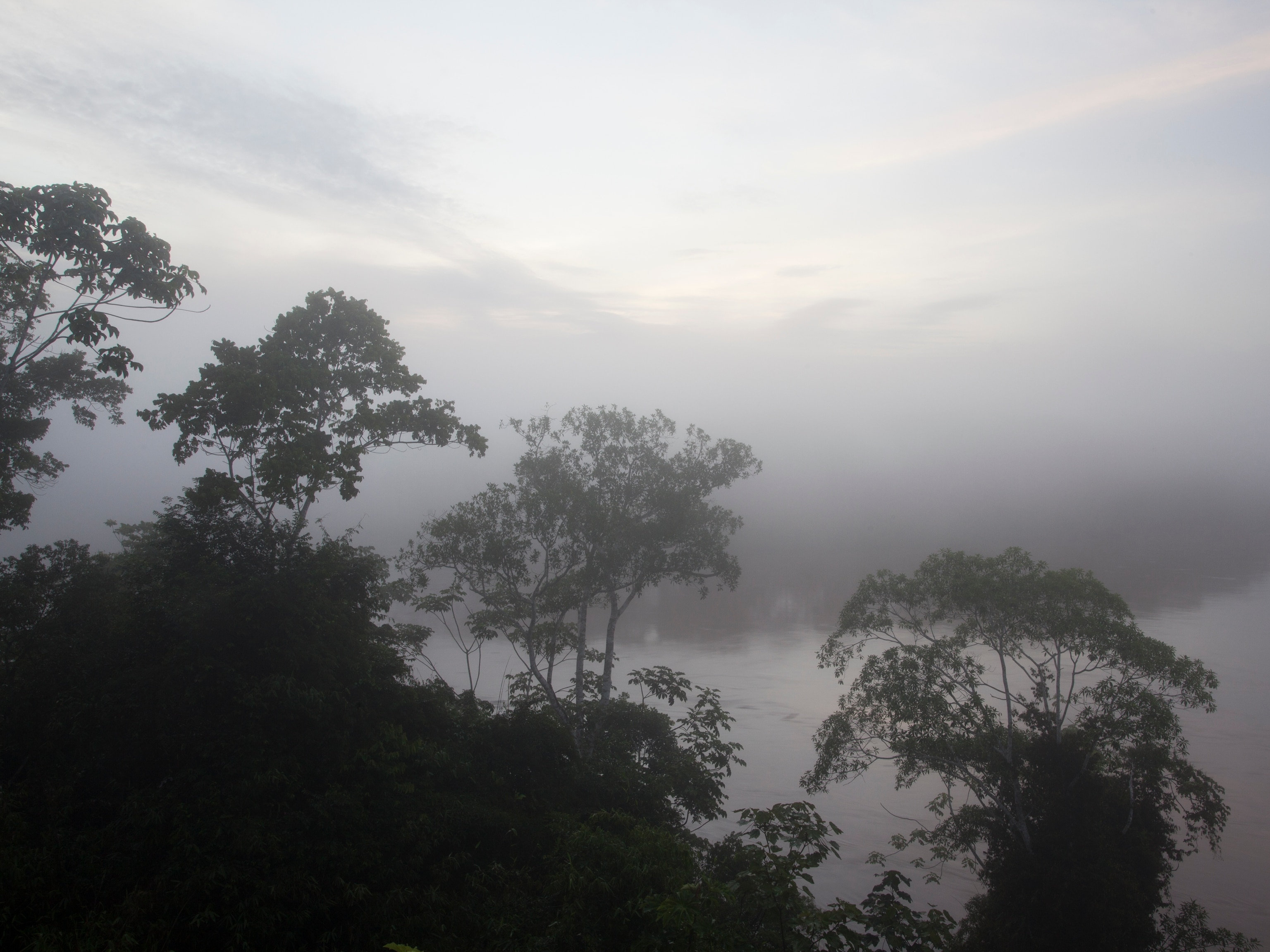
In California, extreme heat and ozone pollution hit poor communities hardest
A new study identifies places in the state where the climate-intensified health risks are linked.
When Juan Flores steps out of his Delano, California home into the midst of a heat wave, “it’s like walking into a wall,” he says. Flores lives in the San Joaquin Valley, one of the places where summer heat regularly creeps well above 100 degrees Fahrenheit.
But it isn’t just the heat that Flores is experiencing. During extreme temperatures, the air can be so thick with ozone and fine particle pollution that breathing becomes a chore. Flores has healthy lungs but still feels a painful pressure in his chest on days like that.
Bad heat and bad air together can cause particularly dangerous conditions for vulnerable communities across California, a new study published in the Proceedings of the National Academy of Sciences finds. Heat and ozone work in tandem to increase the stress on people’s bodies and increase their risk of hospitalization. In California, according to the study, that increased risk is concentrated in poor, under-resourced, and often non-white zip codes like Flores’s.
“We’re all impacted by heat and air pollution, but we’re not all impacted in the same way by them,” says author Lara Schwarz of the University of California, San Diego and San Diego State University.
Ozone pollution is one of the most pernicious and common threats to respiratory health worldwide. Scientists estimate that it leads to a million early deaths globally each year and affects millions more by exacerbating asthma and other lung-impacting diseases. Breathing even a little of the corrosive gas over a short time can hurt people, narrowing their airways, keeping them from being able to inhale fully, and irritating throat and lung tissues. Long-term exposure has been linked to premature birth, heart problems, and more, including a 3 percent increased risk of death from lung-related illnesses.
The less one breathes of ozone-polluted air, the better. A 2004 analysis found that an increase of 10 parts per billion in ozone exposure increased the chance of premature death, even at concentrations lower than the 70 parts per billion the EPA currently considers “unhealthy.” The authors of that study questioned whether there is a “safe” level of exposure at all.
California is home to 10 of the top 25 most ozone-polluted cities in the country, according to the American Lung Association.
Who breathes the hot, thick air?
Ozone and heat are each damaging on their own, but it hasn’t been totally clear how they interact to hurt people’s health. It seems logical that they would, because intense sunlight increases both heat and ozone formation. But while some previous studies have found a relationship—more heat + more ozone = more bad health impacts—others haven’t.
Schwarz, her co-lead Kristen Hansen, and their colleagues realized that most of those studies looked at whole cities or regions. The worst health effects of air pollution and heat, though, are usually concentrated either in parts of town where people are particularly vulnerable because of socioeconomic factors, or where pollution is particularly bad. Some parts of town with few trees can be more than 10 degrees hotter than wealthy tree-rich neighborhoods, for example, and access to air conditioning or other cooling strategies is often limited in low-income areas.
Previous research has shown that poor, often non-white people are the most vulnerable. Through a long history of urban policy decisions like redlining, they are often grouped into the parts of town that experience more heat and pollution and where access to health resources—or even the ability to cool down under trees in a park—is hard to come by.
Schwarz and her team analyzed records of more than 800,000 unexpected hospitalizations due to respiratory issues over 10 California summers, from 2004 to 2013. When they looked at the data zip code by zip code, they found that the damage done by intense heat and intense ozone combined was greater than the sum of its parts.
More affluent areas tended to have little or no extra effect when bad heat and ozone combined. But in some zip codes with lower income levels and higher unemployment, and often higher numbers of non-white residents, the two factors’ bad effects amplified each other, leading to an additional increased risk of hospitalization.
“Some of the associations are hidden unless you look at the very local scale,” says Jun Wu, an atmospheric chemist at the University of California, Irvine.
She points to historical influences, like the decisions to site freeways through communities of color, which contribute to the extra burden of heat and pollution for some heavily affected areas today. But the risks will also persist and perhaps expand in the future because of climate change.
The ozone-heat nexus
Ground-level ozone (as opposed to the ozone that lives high in the atmosphere and helps protect Earth from damaging ultraviolet radiation) forms when pollutants like oxides of nitrogen (NOx) or volatile organic compounds (VOCs), get broken apart by high-energy ultraviolet light from sunshine, releasing free oxygen atoms into the atmosphere. Those solo oxygen atoms quickly glom onto molecules of O2, which consist of two oxygen atoms bound together and are the main form of oxygen in the lower atmosphere. The result is O3, or ozone.
Heat can accelerate the formation process. And since hot air tends to stagnate, more ozone tends to build up locally during heat waves.
Add any more of the ingredients for ozone—heat, direct sunlight, or NOx or VOCs—and the amount of the dangerous gas can balloon.
The pollutant ingredients for ozone are the result of fossil fuel burning and industrial processes, so its formation is particularly strong near traffic hotspots, chemical manufacturing plants and refineries, power plants, and oil and gas drilling.
Heat presents a health problem all on its own. It is the most significant weather-related cause of death in the country today. In California, hospital admissions increase by as much as 7 percent in the worst heat waves. During extended heat waves overall deaths increase, as do hospitalizations for heart issues, stroke, organ failure, and a host of other health issues.
“Heat exacerbates all the preexisting conditions people might have,” says Schwarz, by stressing out bodies.

It's not getting cooler
Heat waves in California are already stronger, more frequent, and longer-lasting than they used to be. The trend is projected to continue: Climate change may nearly triple the number of extreme heat days in parts of southern California by 2050.
Already, extreme heat and bad ozone days coincide. On Labor Day weekend in 2020, for example, temperatures in downtown L.A. soared over 110°F, and ozone concentrations hit 185 parts per billion, the highest in 26 years and well into “very unhealthy” levels on the Air Quality Index. At least three people died because of the conditions.
A hotter future is likely to increase the risks. By 2030, one study suggests that the number of days with ozone above 40 parts per billion, the moderately unhealthy level according to the EPA, will grow and increase the overall health burden by nearly 8 percent nationwide.
“We’re exposed to air pollution and extreme heat, often at the same time. Now we’re getting a better sense of how that might aggravate health effects together. That’s really important as we’re thinking about future climate change,” say Miriam Marlier, an environmental health scientist at UCLA.
And though air pollution has dropped dramatically in California since the days when smog was so thick people couldn’t see beyond the end of the block, unhealthy levels of NOx and VOCs are still common, especially in poor and non-white neighborhoods. Wildfire smoke, for example, abounds in NOx and VOC’s. As more fires burn in California and more smoke fills summer skies, more ozone is likely to follow.
A potential solution: a joint warning?
States like California warn people about risky days for both heat and air quality, but so far they haven’t had a system to warn people when both will be bad at once.
Once Schwarz and her colleagues established that the two factors did interact to make conditions more dangerous for vulnerable populations, they realized that getting that information directly to those at risk could make a difference. Their results suggest that California could develop a warning system that uses predictions of both extreme heat and bad ozone to help people in potentially affected communities protect themselves during the worst of it.
The results also show that the danger can be hyperlocal, giving them a clear view of where to direct resources and help.
“We can’t have just one threshold for the entire state,” says Schwarz. “We have to have an understanding of which areas are really going to benefit from these actions.”








